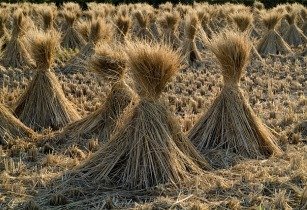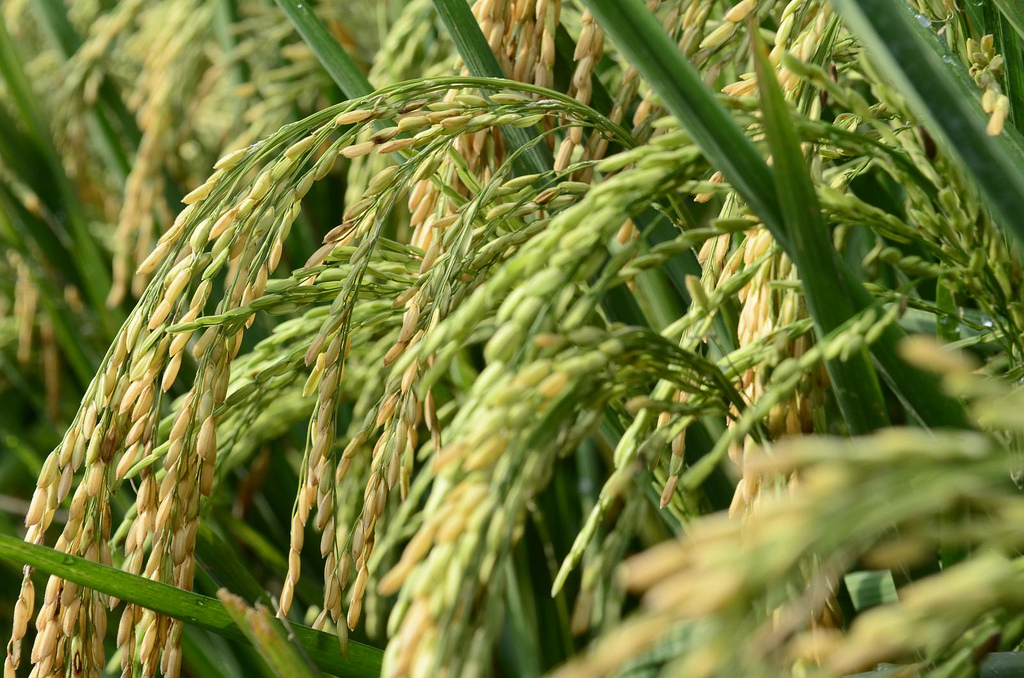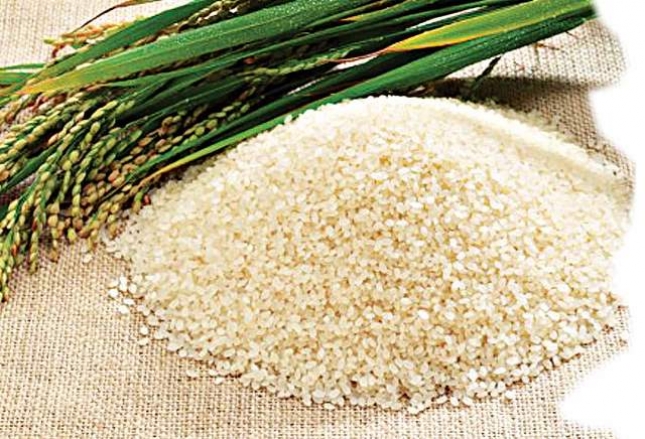A new modelling study published today warns that the dry-season irrigated rice in West Africa’s Sahel region has reached the critical threshold of 37 degrees Celsius – the tipping point.
Further temperature rise could devastate rice yields in this region due to decreasing photosynthesis at high temperatures straw 230112 640. The study shows that rice yields in West Africa’s Sahel region in the dry season would decrease by about 45 per cent.
This is an ominous sign as yield reductions will directly translate into severe food shortages in a highly vulnerable region. Rice has fast become the preferred food of the Sahelian countries – critical for food security and political stability of the region. Rice consumption has been increasing dramatically, mainly because of changes in eating habits and rapid population growth.
According to the Intergovernmental Panel on Climate Change (IPCC), the Sahel will experience increasingly higher average temperatures as well as changes in rainfall patterns over the course of the 21st century. These changes threaten food security and the livelihoods of the region’s predominantly rural population.
“Our model shows that without adaptation, irrigated rice yields in West Africa’s Sahel region in the dry season would decrease by about 45 per cent, but with adaptation, they would decrease significantly less – by about 15 per cent,” explained the lead author Dr Pepijn van Oort, Crop Modeler at Africa Rice Centre (AfricaRice).
Dr. van Oort clarified that it is important to keep in mind that this is a West Africa average, and that there are big differences within West Africa. “Things are better in the cooler coastal regions and a lot worse in the hotter inland sites,” he added.
“Also, more investigation is needed to understand clearly photosynthesis processes at extreme temperatures, as there has been almost no research conducted on rice at such high temperatures,” Dr van Oort cautioned. “In addition, we need to explore further adaptation options, such as shifting sowing dates more into the cold dry season.”
Although rice thrives well in hot and warm climates, high temperatures of more than 35 degrees Celsius can damage plant processes and lead to lower yields. Rice is also vulnerable to cold temperatures, which can slow growth.


 Football6 days ago
Football6 days ago
 Health & Fitness15 hours ago
Health & Fitness15 hours ago
 Aviation1 week ago
Aviation1 week ago
 Featured4 days ago
Featured4 days ago
 Comments and Issues6 days ago
Comments and Issues6 days ago
 Education5 days ago
Education5 days ago
 Business5 days ago
Business5 days ago
 Education1 week ago
Education1 week ago







